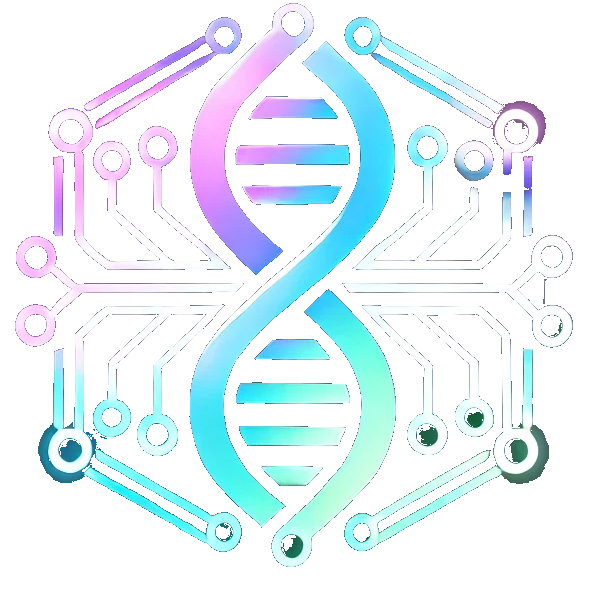Loss of Proteostasis: A Pillar of Aging
Proteostasis, or protein homeostasis, is essential for cellular function and organismal health. It involves the maintenance of a stable and functional proteome by ensuring proper protein folding, preventing misfolding, and degrading damaged or unnecessary proteins. As we age, this finely tuned system becomes impaired, leading to the accumulation of dysfunctional proteins and contributing to age-related diseases. This article explores the mechanisms underlying proteostasis, its decline with age, and potential strategies for intervention.
What is Proteostasis?
Proteostasis encompasses several cellular processes:
- Protein Folding: Assisted by molecular chaperones, such as heat shock proteins (HSPs), to ensure correct protein conformation.
- Degradation Systems: The ubiquitin-proteasome system (UPS) and autophagy-lysosome pathway are responsible for degrading damaged or misfolded proteins.
- Quality Control: Surveillance mechanisms detect and resolve protein misfolding or aggregation.
With aging, these processes become less efficient, leading to:
- Accumulation of misfolded or aggregated proteins (e.g., amyloid plaques in Alzheimer’s disease, Lewy bodies in Parkinson’s disease).
- Cellular dysfunction and increased susceptibility to stress.
Causes of Declining Proteostasis
- Reduced Chaperone Function: Aging cells produce fewer molecular chaperones, such as HSP70, impairing protein folding.
- Decreased Proteasome Efficiency: The ability of the proteasome to degrade damaged proteins declines, leading to the buildup of toxic aggregates.
- Impaired Autophagy: Autophagic processes, which recycle cellular components, become less efficient with age.
- Oxidative Stress: Reactive oxygen species (ROS) damage proteins, increasing the burden on proteostasis systems.
Potential Interventions to Enhance Proteostasis
1. Enhancing Autophagy
- mTOR Inhibitors:
- Rapamycin and its derivatives inhibit the mechanistic target of rapamycin (mTOR), a key regulator that suppresses autophagy when nutrients are abundant. By inhibiting mTOR, autophagy is enhanced, aiding in the removal of damaged proteins.
- AMPK Activators:
- Metformin, a widely used diabetes drug, activates AMP-activated protein kinase (AMPK), which stimulates autophagy and improves proteostasis.
- Lifestyle Interventions:
- Intermittent Fasting: Periods of fasting induce autophagy by creating a low-nutrient cellular environment.
- Exercise: Regular physical activity enhances autophagic processes, promoting cellular cleanup and protein quality control.
2. Pharmacological Chaperones
- Chemical Chaperones:
- Small molecules under research can stabilize proteins and assist in proper folding, reducing the formation of toxic aggregates.
- Heat Shock Protein Modulators:
- Inducing HSPs, particularly HSP70, through pharmacological agents or stress-response mimetics, can improve protein folding and mitigate proteotoxic stress.
3. Proteasome Enhancement
- Polyphenols:
- Plant-derived compounds, such as resveratrol and quercetin, have been shown to enhance proteasome activity in experimental models, improving protein degradation capacity.
- Reducing Oxidative Damage:
- Lower oxidative stress helps maintain proteasome function. Antioxidants, both dietary (e.g., vitamin C and E) and mitochondrial-targeted (e.g., MitoQ), can protect proteins and support proteostasis systems.
Challenges and Future Directions
Although enhancing proteostasis holds promise for mitigating aging and age-related diseases, challenges remain:
- Target Specificity: Many interventions affect broad cellular pathways, potentially leading to unintended consequences.
- Long-Term Safety: Chronic activation of autophagy or proteasome systems may disrupt normal cellular balance.
- Translational Gaps: Most findings are from model organisms, and human clinical applications require further research.
Advancements in biotechnology, such as CRISPR-based gene editing and precision drug development, may allow for more targeted and effective interventions to support proteostasis.
Conclusion
The loss of proteostasis is a hallmark of aging, contributing to cellular dysfunction and disease. Strategies to enhance autophagy, improve proteasome function, and support molecular chaperones offer promising avenues for mitigating its effects. As research progresses, these approaches could play a pivotal role in promoting healthy aging and extending the human healthspan.



